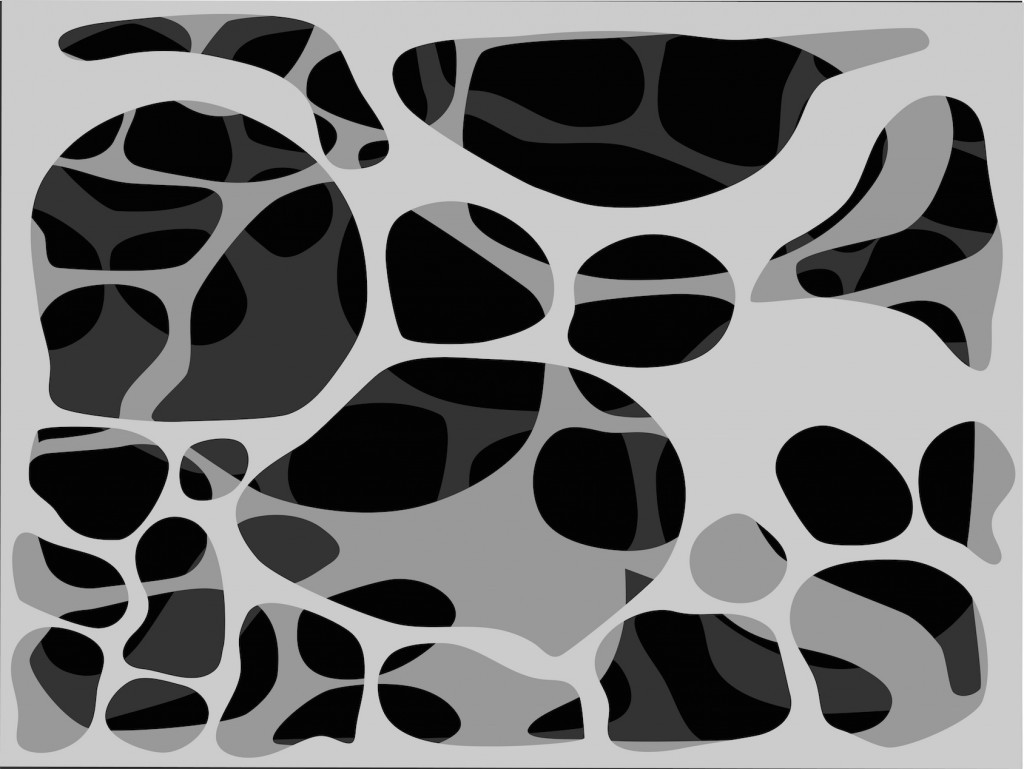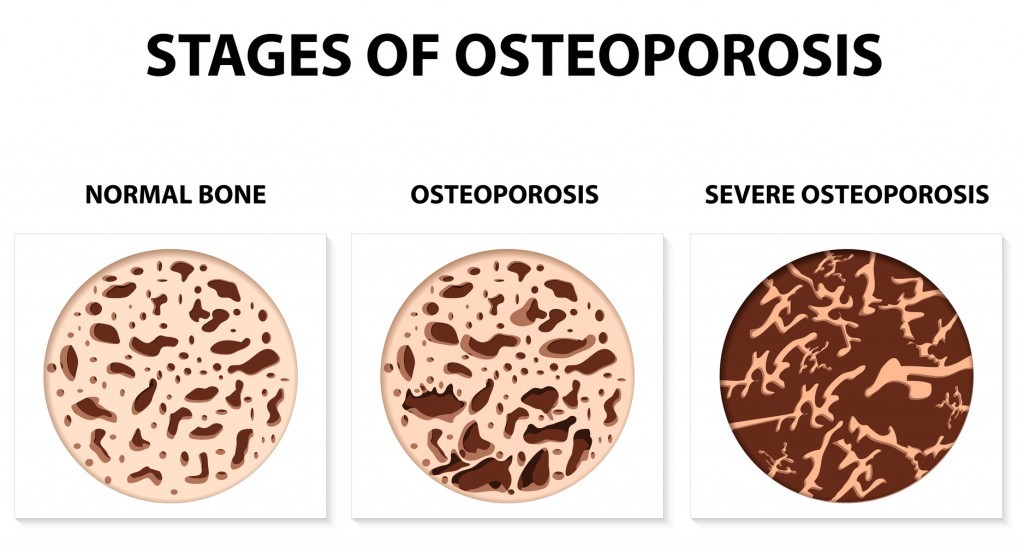According to the National Center for Health Statistics, 48.3{d0e74b8a3596e4326b45924d39792f257a1f9983beed4201831d386befd3d18e} of adults aged 65 and over had low bone mass of the lumbar spine or femur (Looker & Frenk, 2015). Low bone mass is a precursor to osteoporosis, a disease which causes brittle, porous, weak bones in many older adults and can lead to fractures and hospitalizations. Worldwide there is a fracture happening every 3 seconds from osteoporosis (Johnell & Kanis, 2006). The most common places for an osteoporotic fracture are the hip, forearm, and vertebrae in the spine. 1 in 3 women over the age of 50 will experience an osteoporotic fracture in their lifetime, and 1 in 5 men (IOF, 2015).
Factors that put you more at risk for developing osteoporosis include:
- advancing age
- being underweight
- being a post-menopausal woman
- smoking
- alcohol use
- long term steroid use
- lack of regular weight bearing exercise
- insufficient calcium and vitamin D
- use of certain medication like diuretics
If you have any of these risk factors or think you might be at risk, talk to your doctor about getting a Bone Mineral Density test which will help determine how strong your bones are. This 10- to 30-minute procedure uses an x-ray machine, known as DEXA that uses a very low level of radiation. What are some things you can do to change your lifestyle to prevent osteoporosis and the related fractures associated with it?
Nutrition
Make sure you are getting plenty of calcium and vitamin D in your diet to slow bone loss. Foods rich in calcium include dairy products like milk and cheese, and dark green leafy vegetables. Calcium supplements and antacids like Tums can also augment dietary calcium. Make sure you minimize sodium (salt) and caffeine in your diet in order for your body to best absorb calcium. Vitamin D works in your body to maintain normal levels of calcium and phosphorus in the bloodstream. Vitamin D comes from enriched foods like cereals and milk, as well as foods which naturally contain Vitamin D such as salmon, sardines, mushrooms, and egg yolks. You can also get Vitamin D from exposing your bare skin to sunlight. For most of us, it takes 5-30 minutes of sunshine twice a week for our body to make sufficient amounts of Vitamin D from sunlight. How much vitamin D your body absorbs from sunlight depends on the time of day, where you live, and the color of your skin. Don’t forget to wear your sunscreen, as research has shown you will still absorb vitamin D even when sunscreen is applied. Vitamin D supplements come in different forms like Cholecalciferol (D3) and Ergocalciferol (D2). Here is a link to an article about which form of supplement might be better for you.
Exercise
Build that bone mass back up through exercise! Research has linked regular exercise with an increase in bone density, as well as restoration of balance and reduction in falls. Exercise can also help decrease arthritis pain and increase muscle strength. Tufts University’s research has demonstrated that postmenopausal women who did strength-training twice a week for a year gained 1 to 2{d0e74b8a3596e4326b45924d39792f257a1f9983beed4201831d386befd3d18e} in bone density. Walking is an excellent weight-bearing exercise that is highly beneficial and practical for older adults. Exercise can also help improve your state of mental health, sleep, and heart health.
No matter what your age, it is never too late to see gain through positive lifestyle changes. Osteoporosis is a serious problem that can cause fractures, hospitalization, financial difficulties, and poor quality of life. Taking steps toward improving nutrition and increasing regular exercise will help ensure longer lasting bone health.
References:
International Osteoporosis Foundation. (2015). Facts and Statistics.
Johnell, O. & Kanis, J.A. (2006). An estimate of the worldwide prevalence and disability associated with osteoporotic fractures. Osteoporosis Int. 17:1726
Looker, A. & Frenk, S. (2015). Percentage of Adults Aged 65 and over with Osteoporosis or Low Bone Mass at the Femur Neck or Lumbar Spine: United States, 2005–2010. National Center for Health Statistics.

